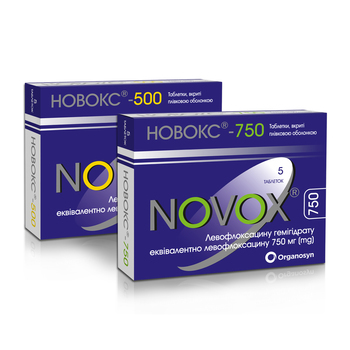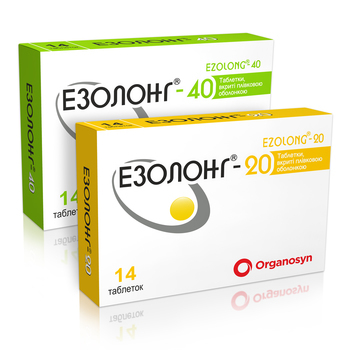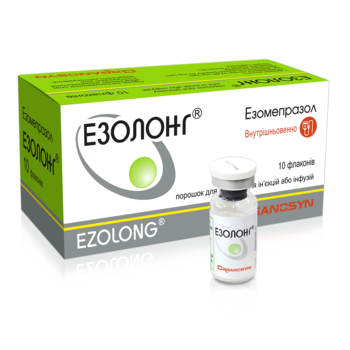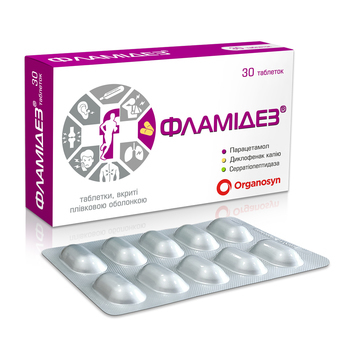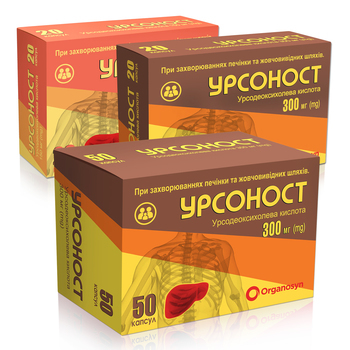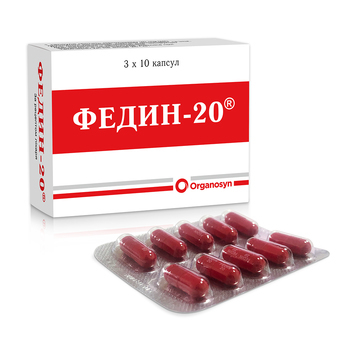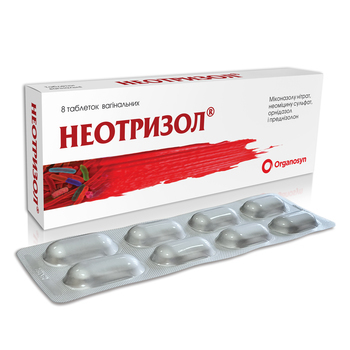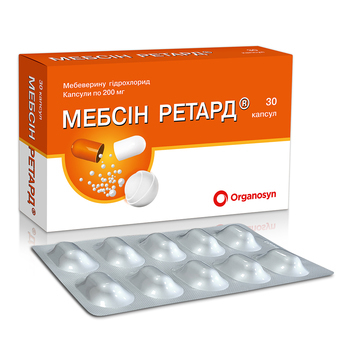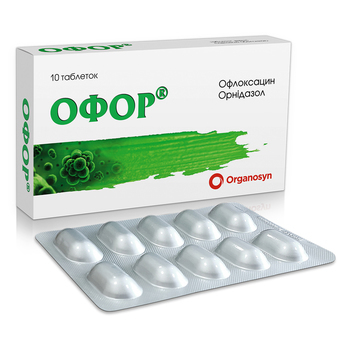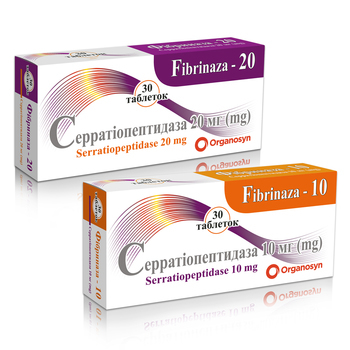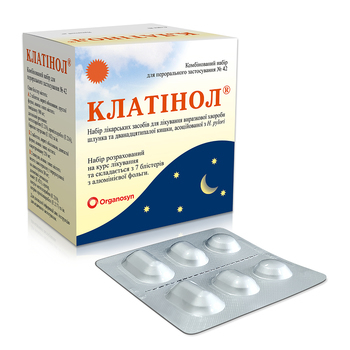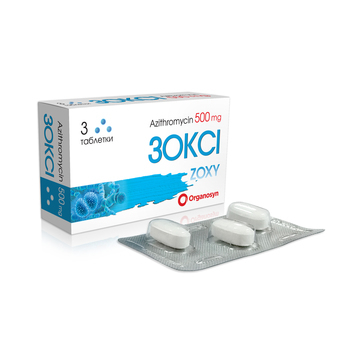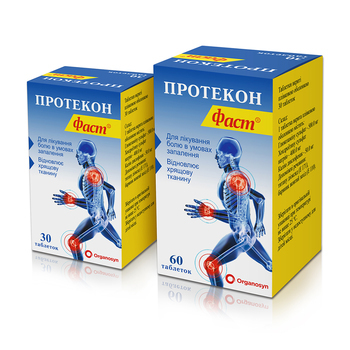Novox®
Infections caused by susceptible microorganisms: Acute sinusitis; Exacerbation of chronic bronchitis; Community-acquired pneumonia Complicated and uncomplicated urinary tract infections (including pyelonephritis); Infections of the skin and soft tissues; Chronic bacterial prostatitis Intra-abdominal infections
Ezolong®-20/ Ezolong®-40
The drug is used to treat gastroesophageal reflux disease; Erosive reflux esophagitis; For long-term maintenance therapy with treated esophagitis to prevent relapse; For the healing of duodenal ulcer, associated with Helicobacter pylori; Caused by therapy with NSAIDs.
EZOLONG®
Adults: ∙ Antisecretory therapy when it is impossible to use the oral route of administration: - gastroesophageal reflux disease in patients with esophagitis and / or severe reflux symptoms; - treatment of gastric ulcers associated with the treatment of nonsteroidal anti-inflammatory drugs (NSAIDs); - prevention of gastric and duodenal ulcers associated with NSAID therapy in at-risk patients. ∙ Short-term maintenance of hemostasis and prevention of recurrent bleeding in patients after endoscopic treatment of acute bleeding due to the ulcer of stomach or duodenum. Children from 1 to 18 years: ∙ Antisecretory therapy when it is impossible to use the oral route of administration: - gastroesophageal reflux disease (GERD) in patients with erosive reflux esophagitis and / or severe reflux symptoms.
Flamidase® tablets
Acute pain (myositis, myalgia, headache, toothache, radicular syndrome), soft tissue rheumatic disorders, rheumatoid arthritis, ankylosing spondylitis, osteoarthrosis, spondylarthritis, acute attacks of gout, primary dysmenorrhea, adnexitis, pharyngotonsilitis, otitis
Ursonost
- Ursonost is prescribed to patients with X-ray, non-calcified gallbladder stones <20 mm in the largest diameter, for whom elective cholecystectomy may be performed, including patients with high surgical risk due to systemic disease, elderly patients, non-elderly patients refuse surgery. - Ursonost is prescribed to prevent the formation of gallstones in obese patients who plan to lose weight quickly.
Fedin-20®
Symptomatic treatment of osteoarthritis, rheumatoid arthritis or ankylosing spondylitis. Method of use: the recommended daily dose of 20 mg, 1 capsule of 20 mg 1 time per day, duration of treatment should be reviewed every 14 days. The total duration of treatment depends on the disease and is determined by a physician.
NEOTRIZOLE®
Treatment of gynecological diseases lake bacterial vaginosis and vaginitis (caused by Candida albicans), mixed infections (caused by Trichomonas, anaerobic infections, including fungi and gardnerellas). Prevention of gynecological diseases before surgery. Remediation of the vagina, prior to delivery or abortion, before and after the introduction of intrauterine contraceptives, before and after diathermocoagulation coagulation cervical erosions, before intrauterine examinations.
Synmeton
Anti-inflammatory drug to relieve symptoms of pain and inflammation in cases of acute and chronic osteoarthritis, rheumatoid arthritis, soft tissue rheumatism, ankylosing spondylitis.
Mebsyn Retard®
· Symptomatic treatment of abdominal pain and spasms, bowel disorders and a sense of discomfort in the intestinal tract with irritable bowel syndrome; · Treatment of gastrointestinal spasms of secondary genesis caused by organic diseases.
Ofor®
Treatment of mixed infections caused by pathogens (microorganisms and protozoa): - diseases of the genitourinary system: acute and chronic pyelonephritis, prostatitis, cystitis, epididymitis, complicated or recurrent urinary tract infections; - sexually transmitted diseases.
FIBRINAZA-10, FIBRINAZA-20
Surgical diseases: sprains and ruptures of ligaments, fractures and dislocations, edema caused by plastic surgery. Respiratory diseases: reducing the viscosity of sputum and facilitating its removal from the respiratory tract. Otorhinolaryngological diseases: facilitating the secretion from paranasal sinuses. Skin diseases: acute inflammatory dermatoses. Diseases of the female genital organs and mammary glands: hematomas, lactostasis.
Clatinol®
Gastric ulcer and duodenal ulcer, chronic gastritis associated with H.pylori.
OMZOL powder for solution
- Treatment of duodenal ulcer. - Prevention of recurrence of duodenal ulcer. - Treatment of gastric ulcer. - Prevention of recurrence of gastric ulcer. - In combination with appropriate antibiotics for the eradication of Helicobacter pylori (H. Pylori) associated with peptic ulcer. - Treatment of gastric and duodenal ulcers associated with intake of non-steroidal anti-inflammatory drugs (NSAIDs). - Prevention of gastric and duodenal ulcers associated with the administration of NSAIDs in at-risk patients. - Treatment of reflux esophagitis. - Supportive therapy in patients after treatment of reflux esophagitis. - Symptomatic treatment of gastroesophageal reflux disease (GERD). - Treatment of Zollinger-Ellison syndrome.
ZOXY
Infections caused by susceptible microorganisms: - infections of the upper respiratory tract, sinuses of the nose and middle ear (bacterial pharyngitis, tonsillitis, sinusitis, otitis media); - infections of the lower respiratory tract (bacterial bronchitis, community-acquired pneumonia); - infections of the skin and soft tissues (erythema migrans (stage I of Lyme disease), erysipelas, impetigo and secondary pyoderma) - sexually transmitted infections (uncomplicated genital infections caused by Chlamydia trachomatis). According to preclinical studies, azithromycin is effective against many sexually transmitted infections.
Protechon Fast®
Treatment of the musculoskeletal system, accompanied by signs of inflammation, pain, degenerative-dystrophic changes in the cartilaginous tissue of the joints and the spine, decreased mobility of the joints. Osteoarthritis (including knee, hip joint, intervertebral osteochondrosis, spondyloarthrosis).





